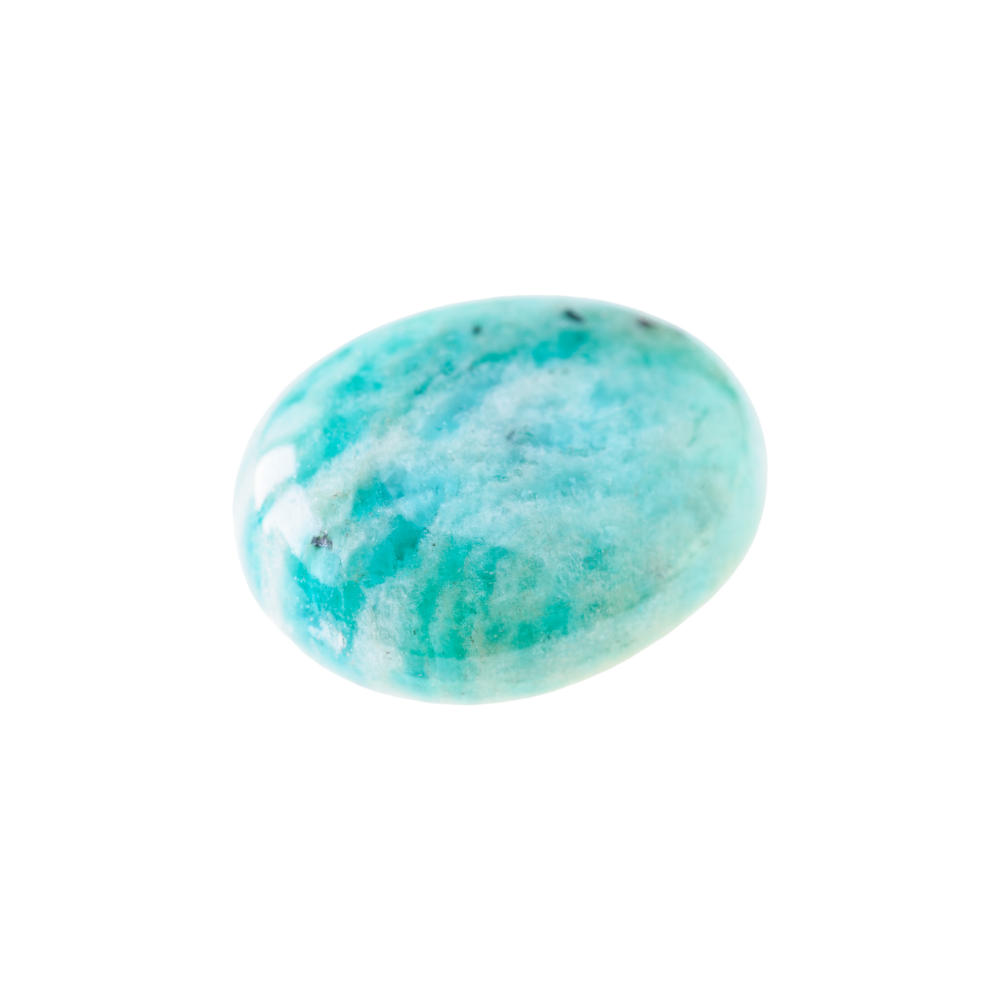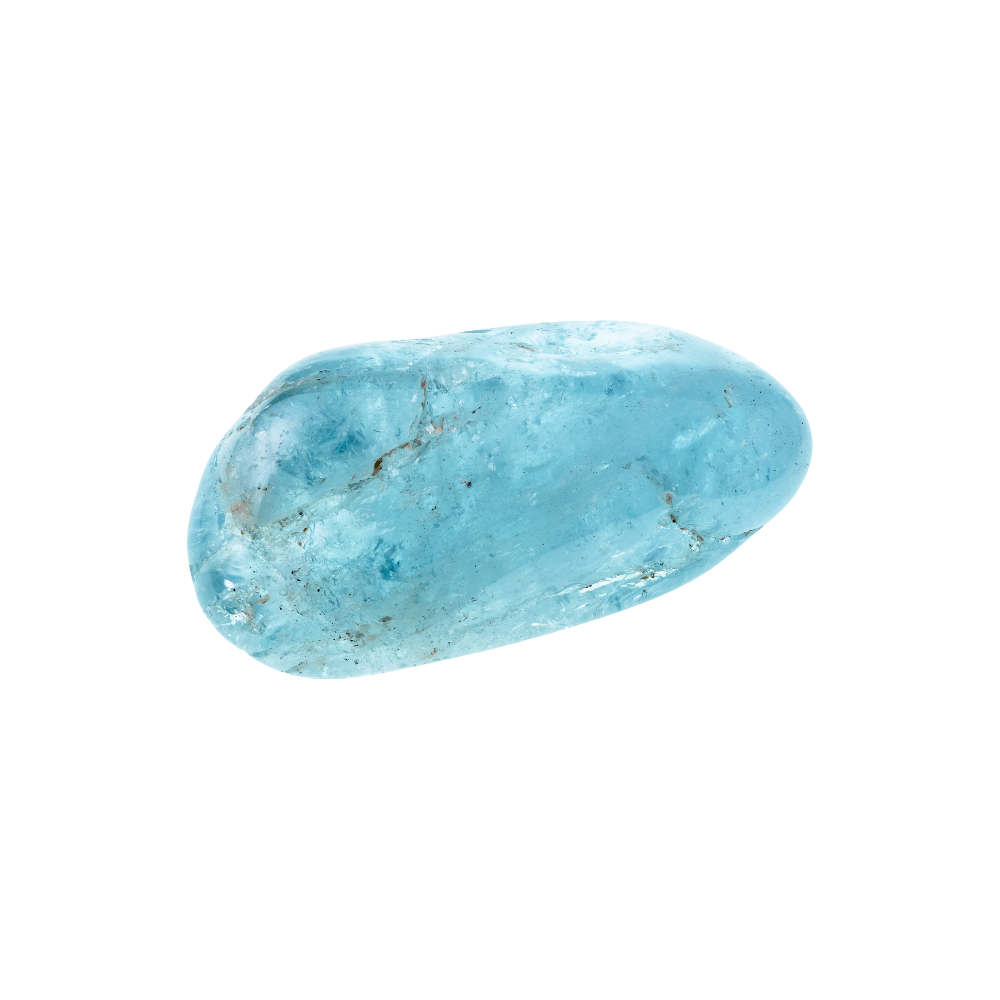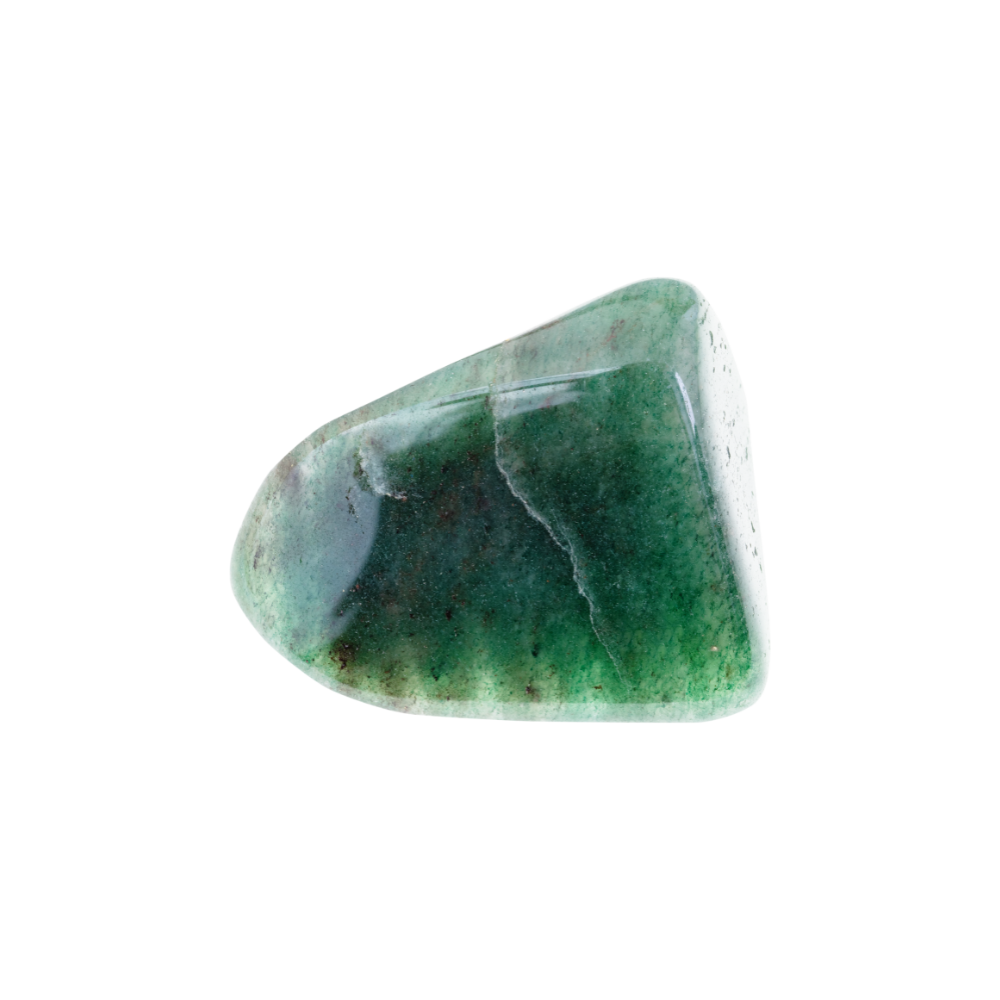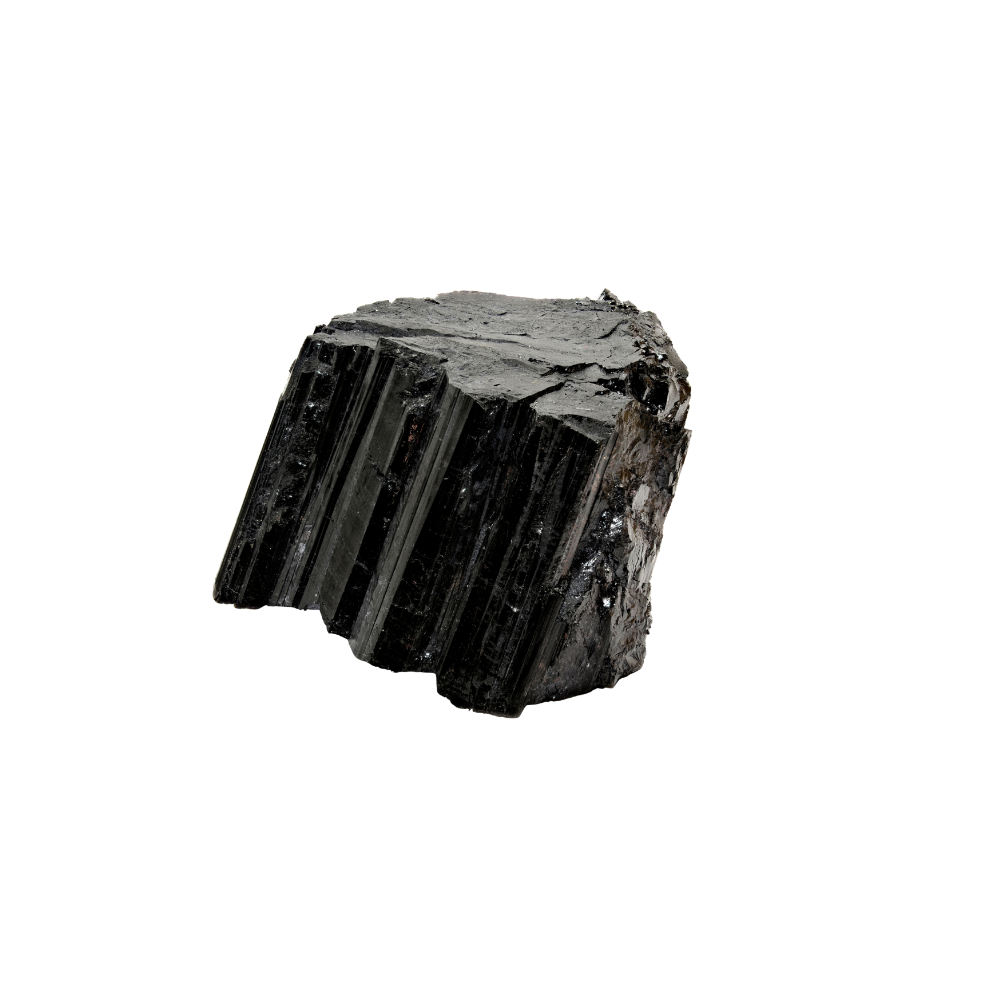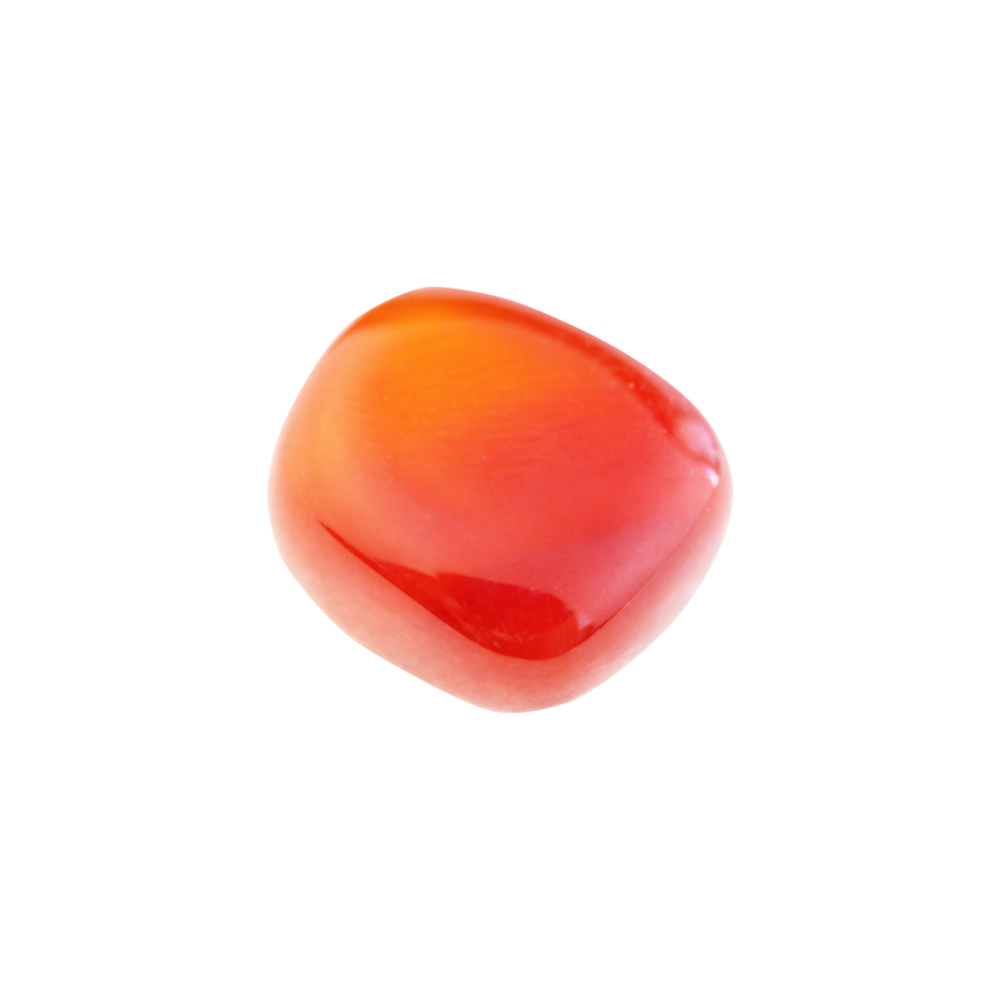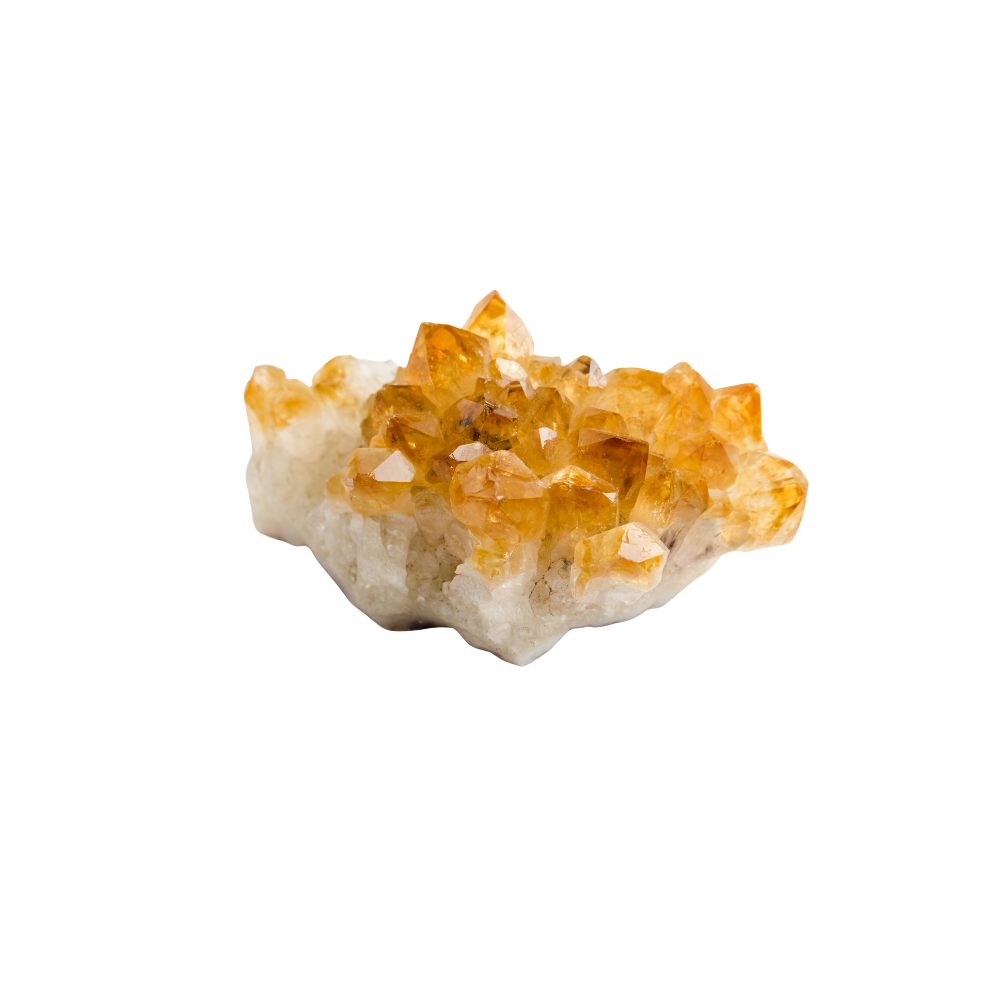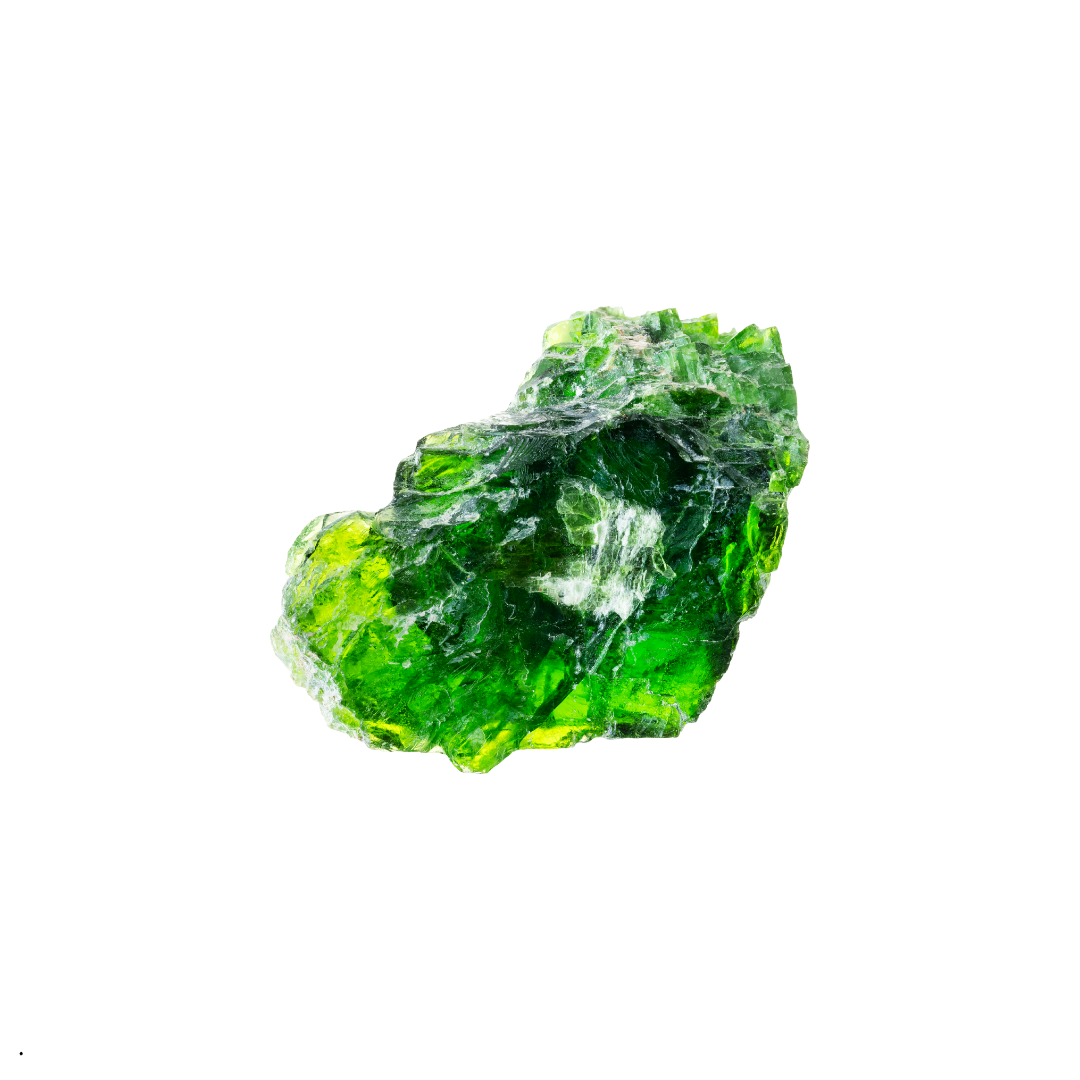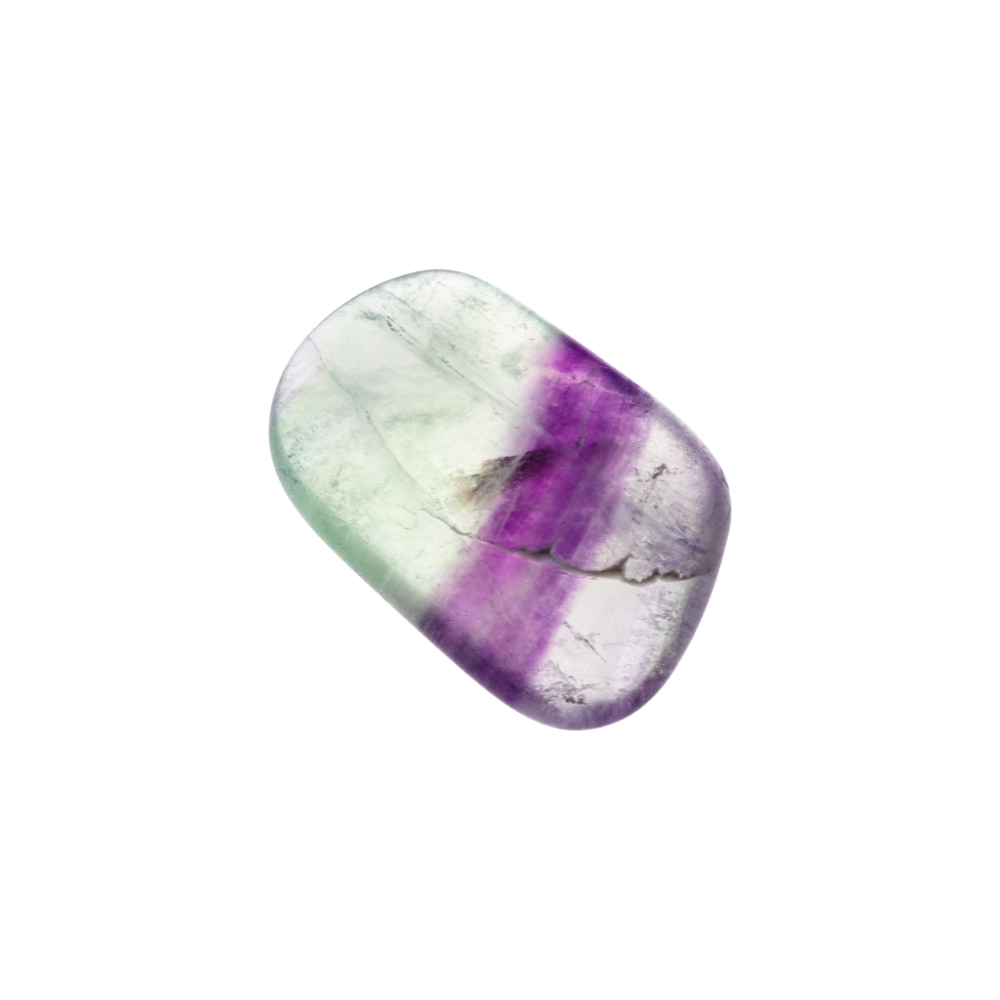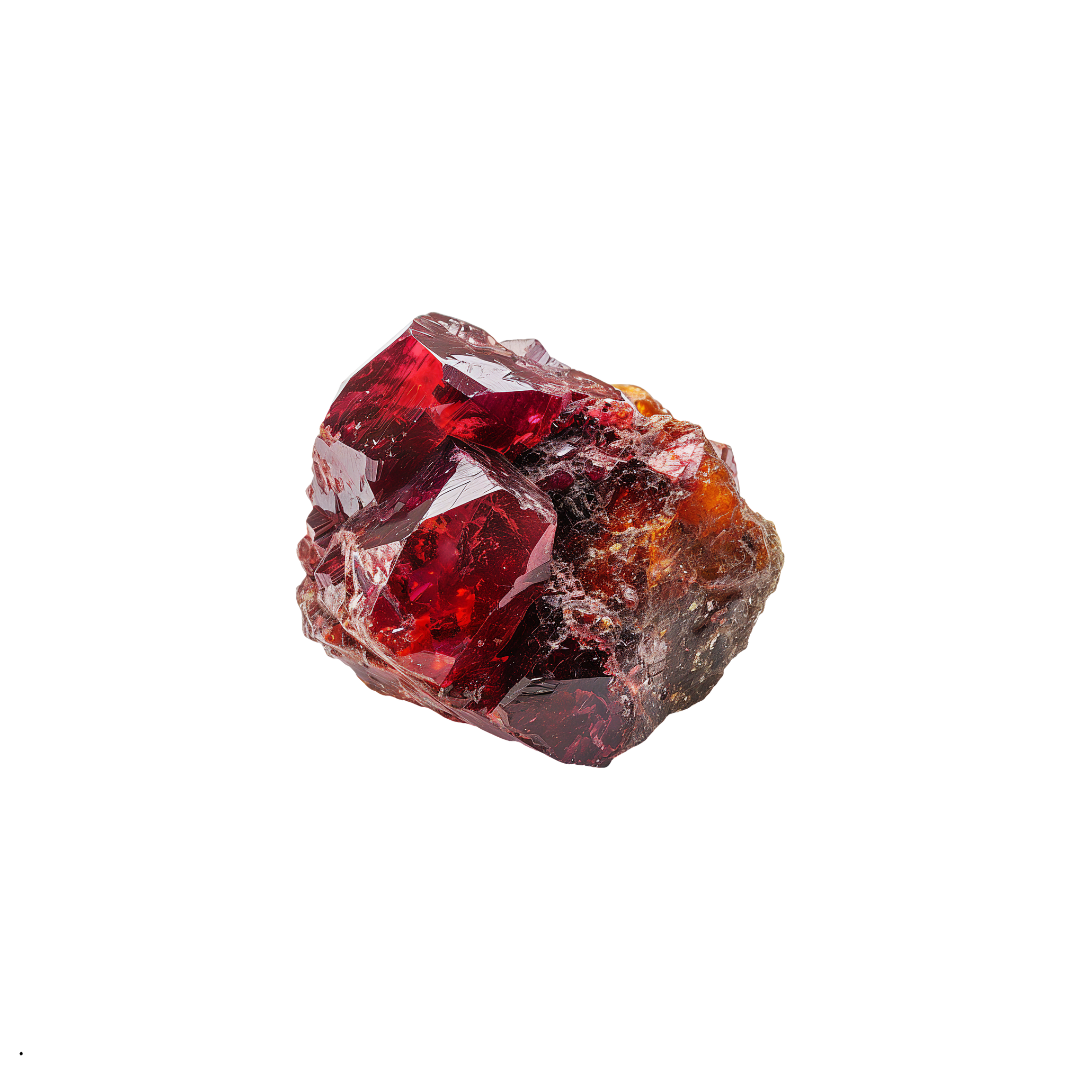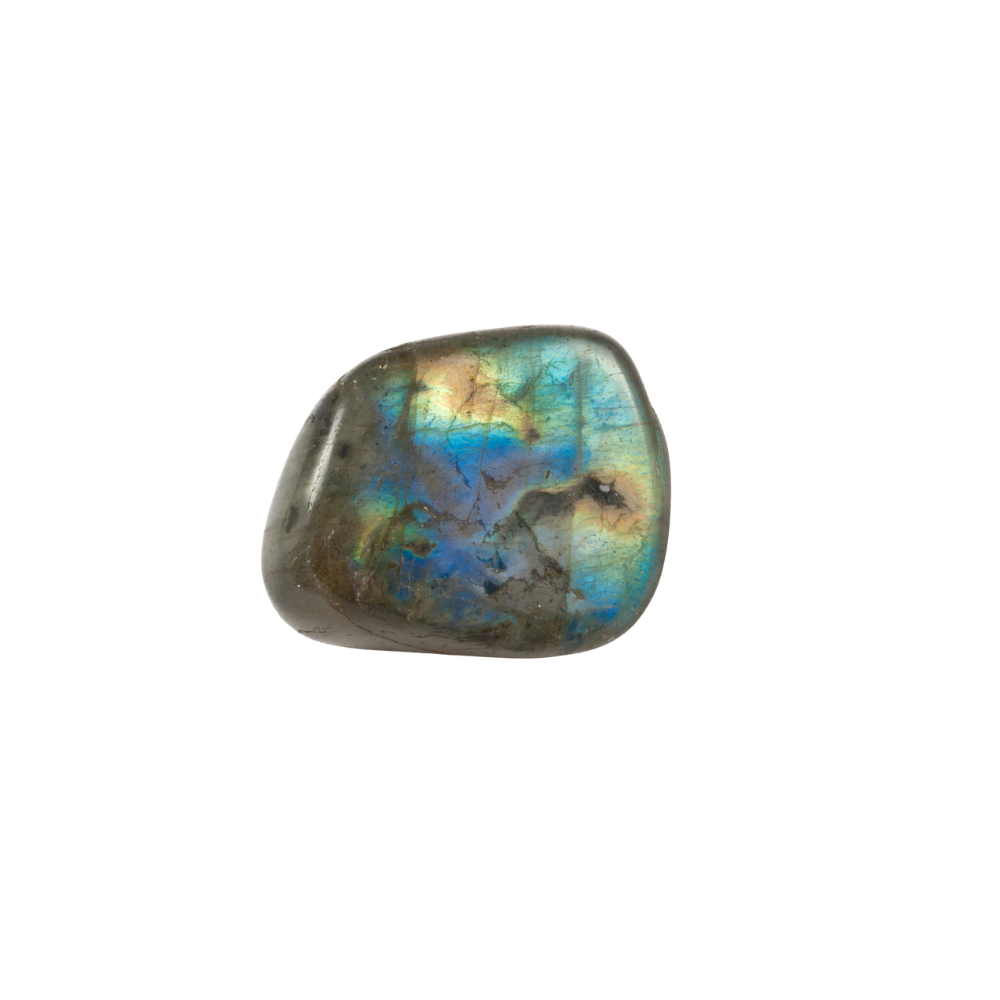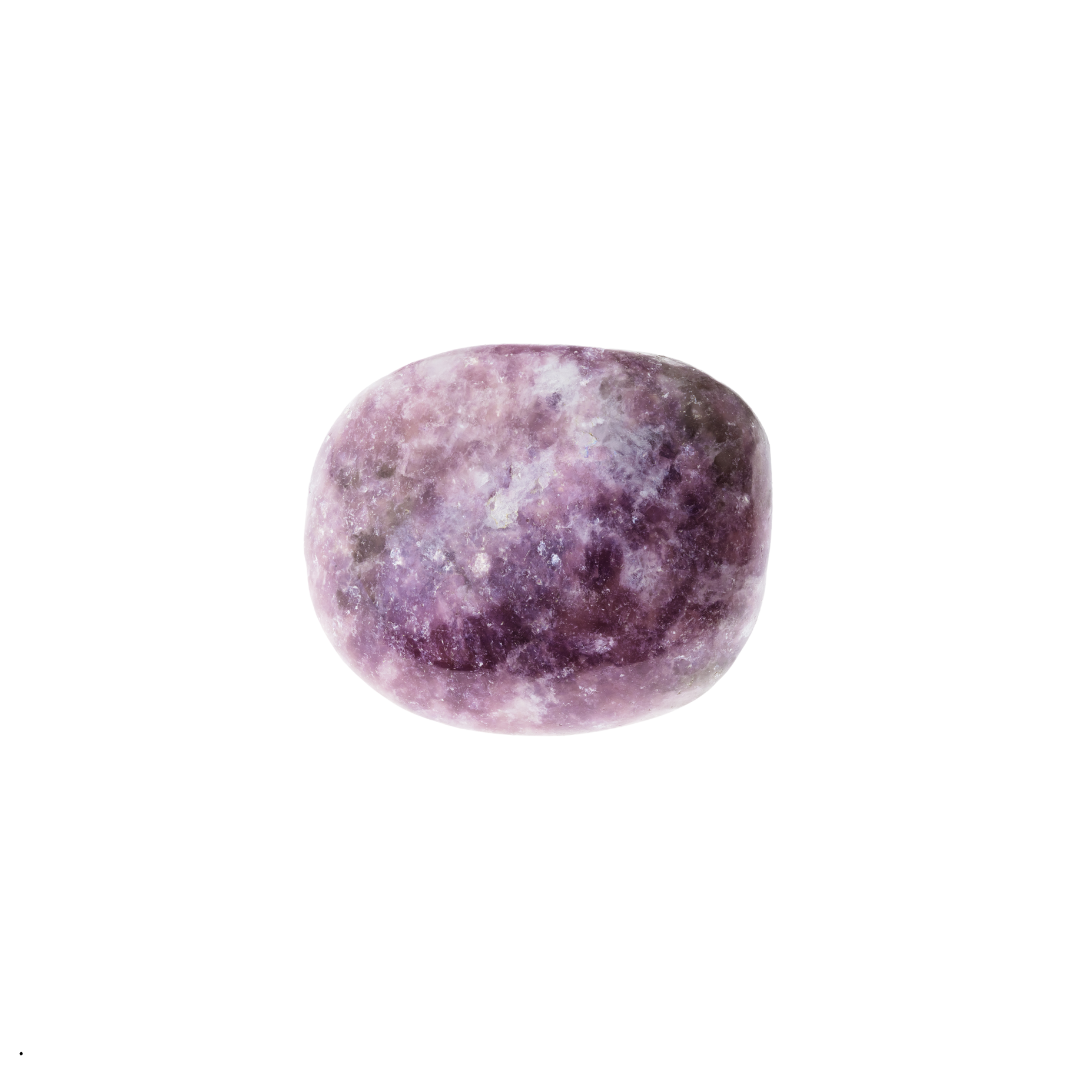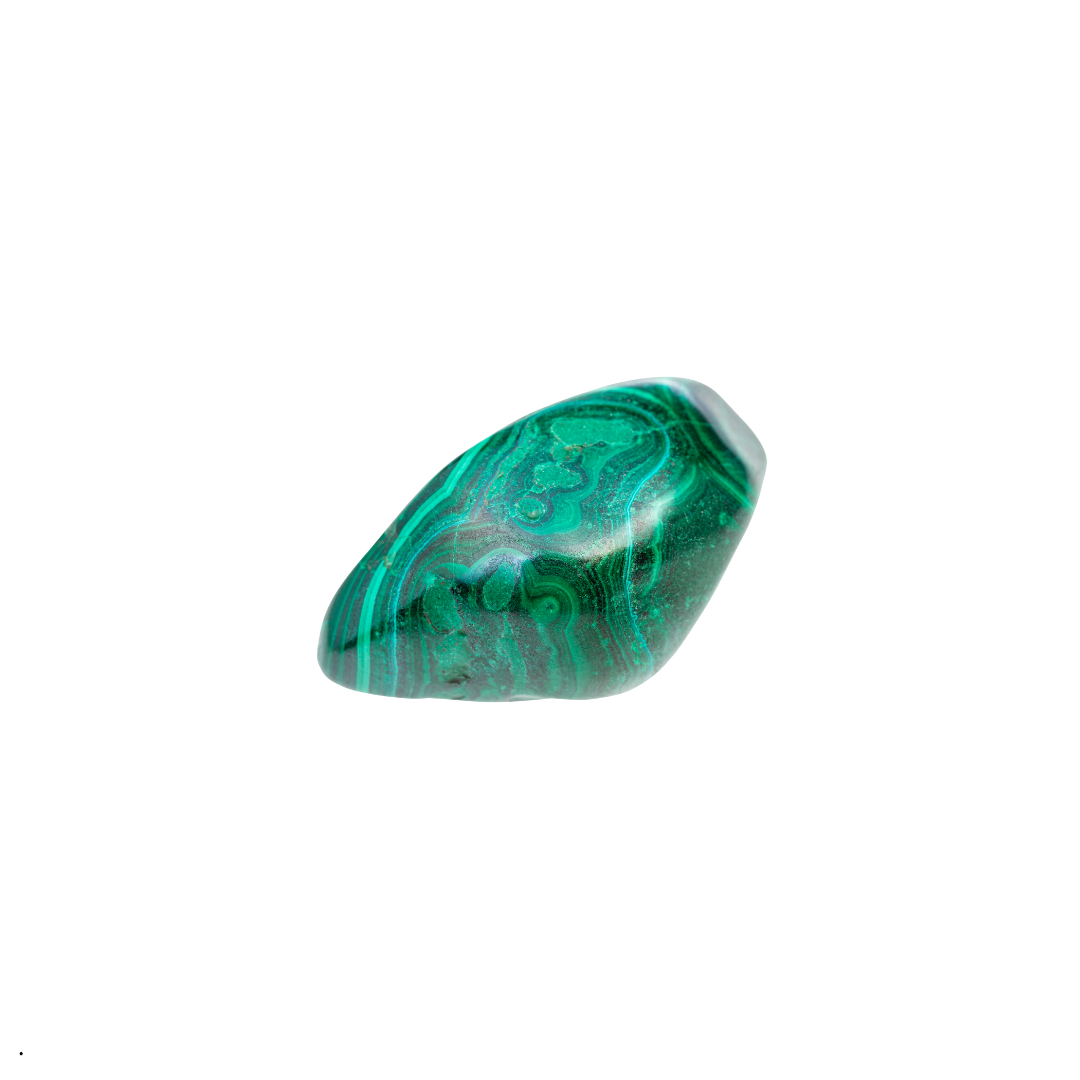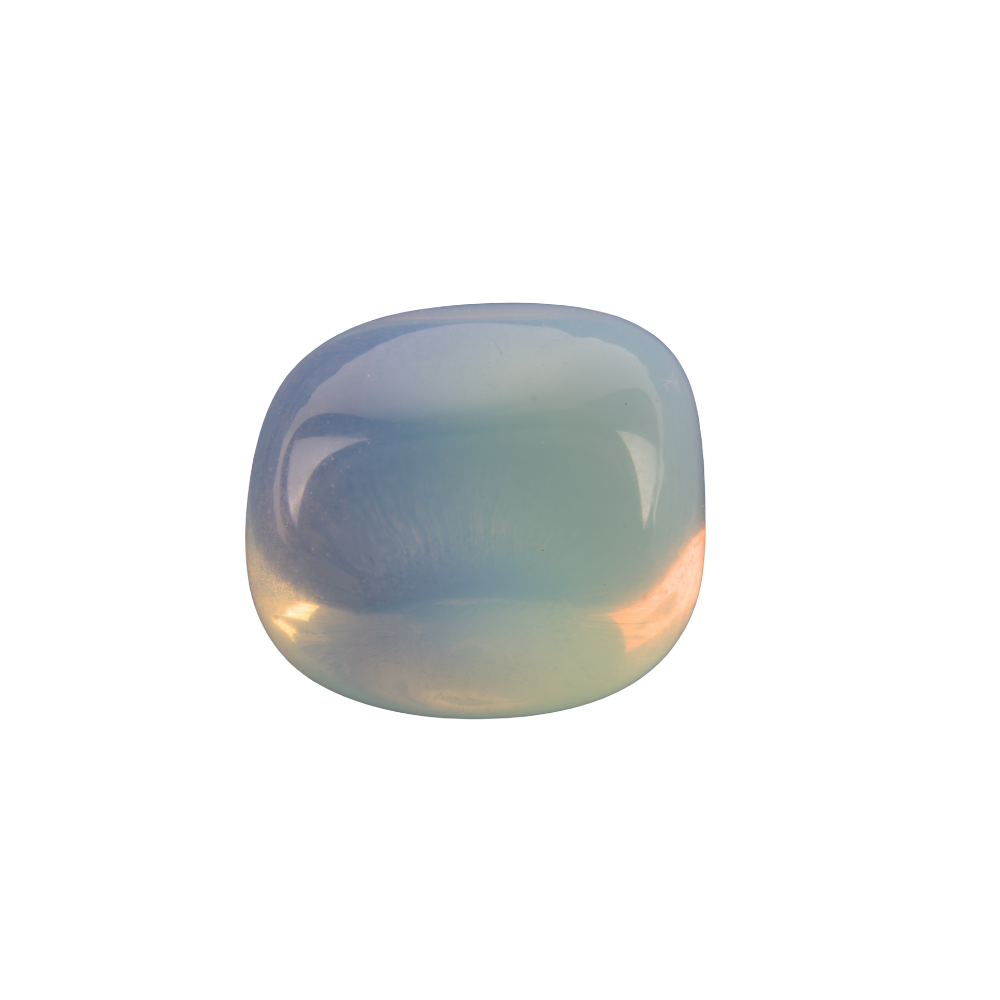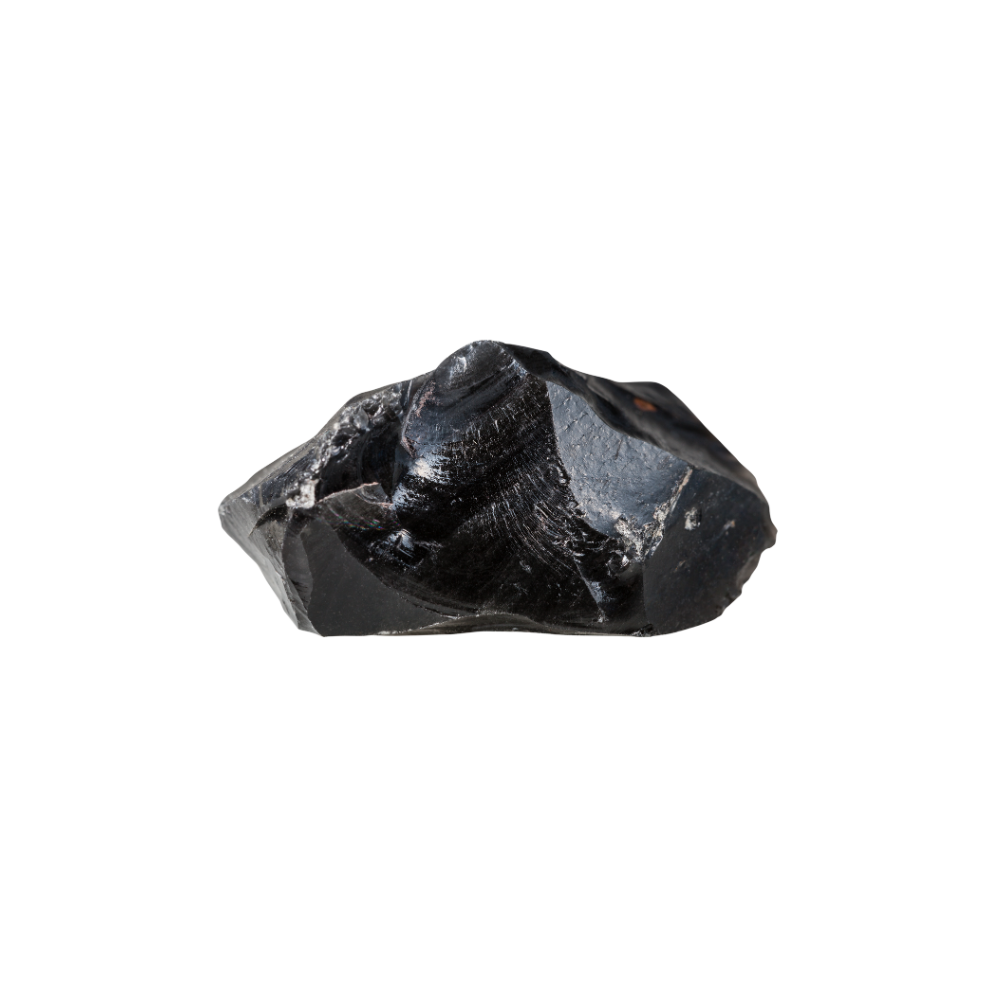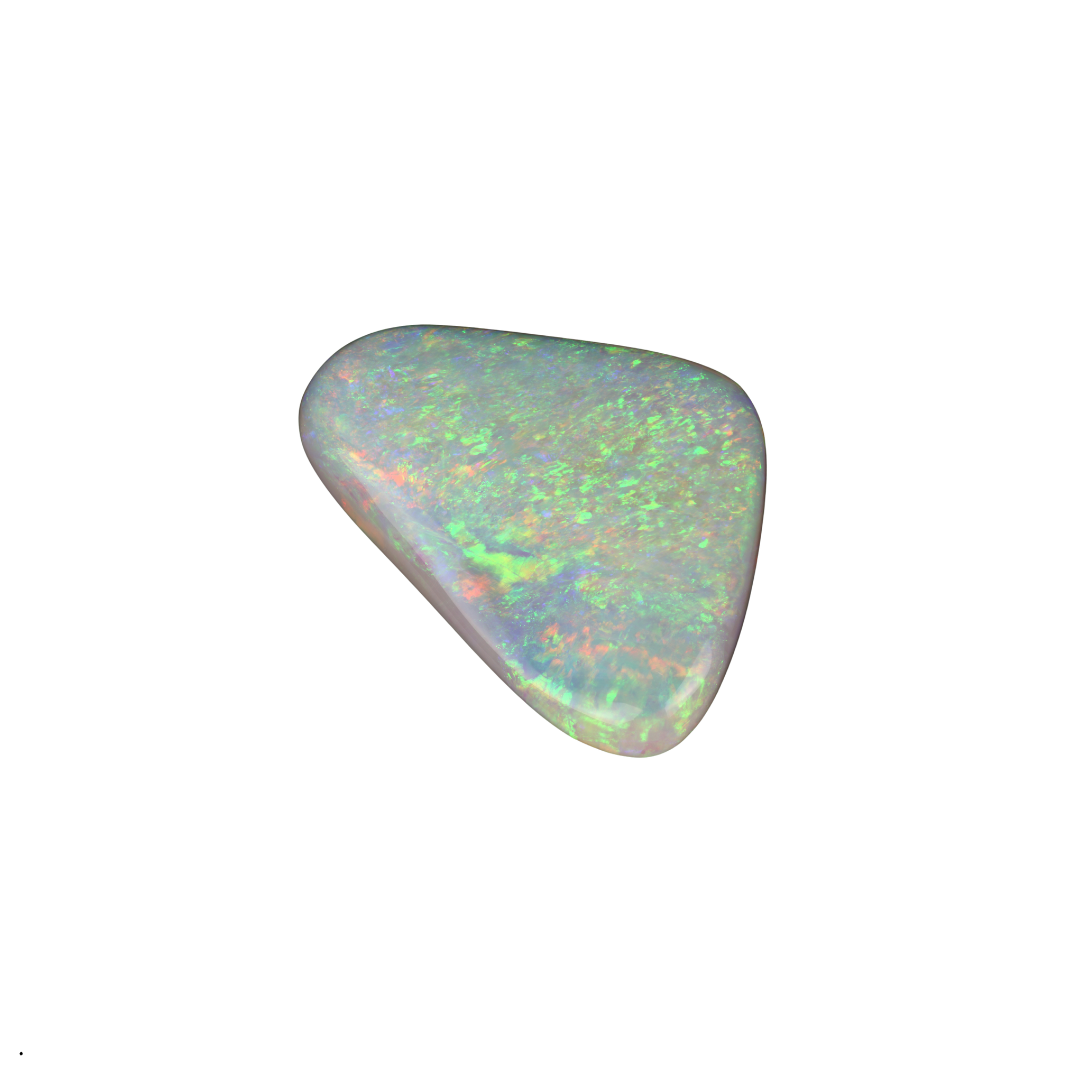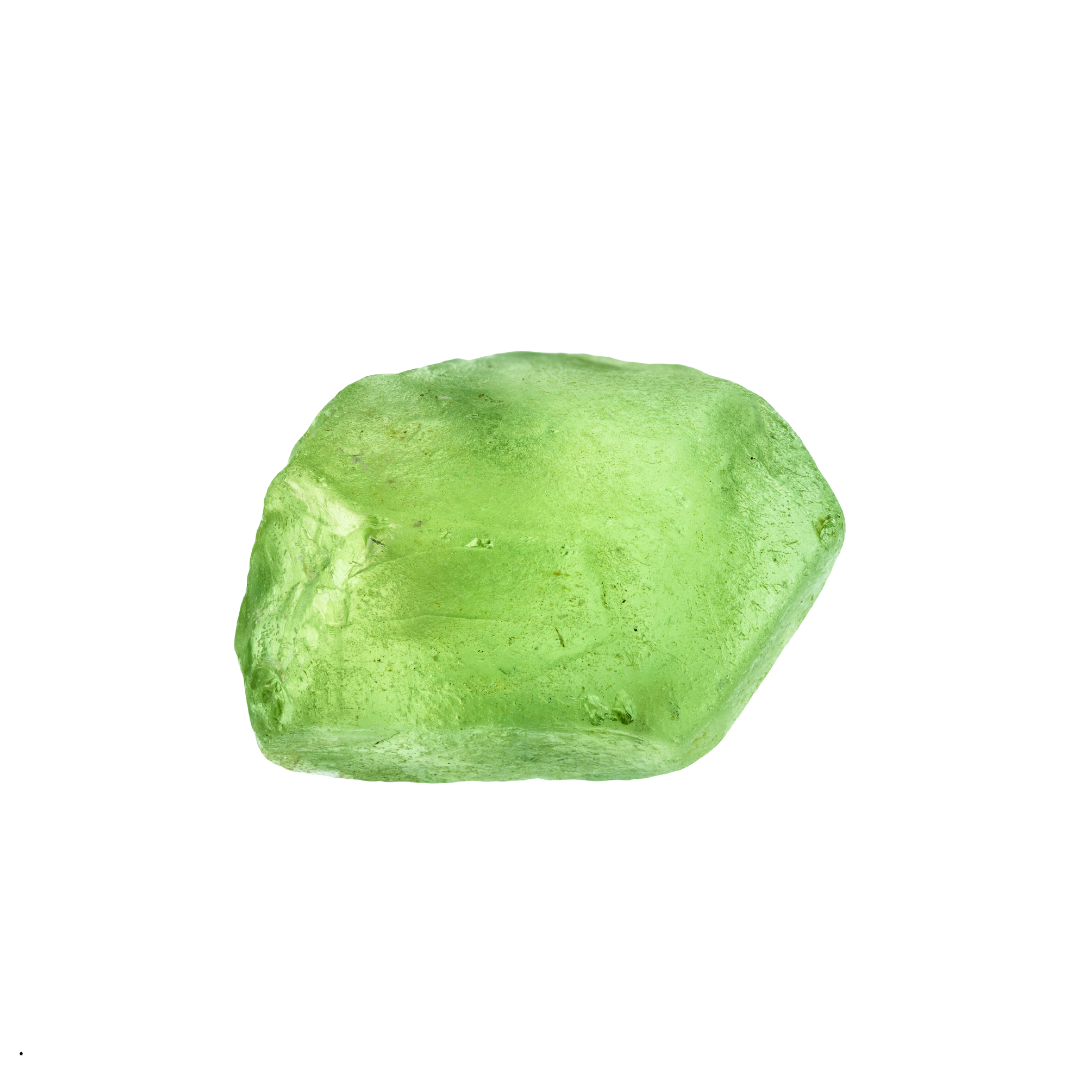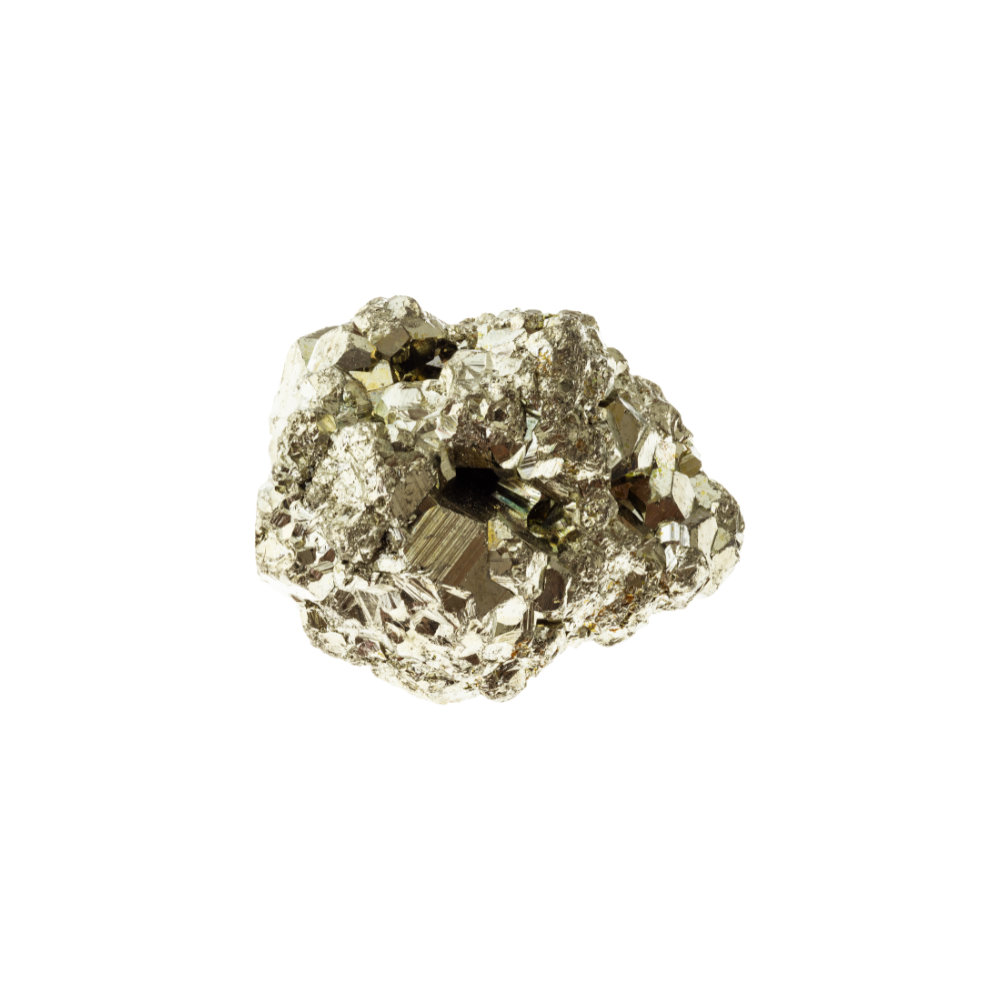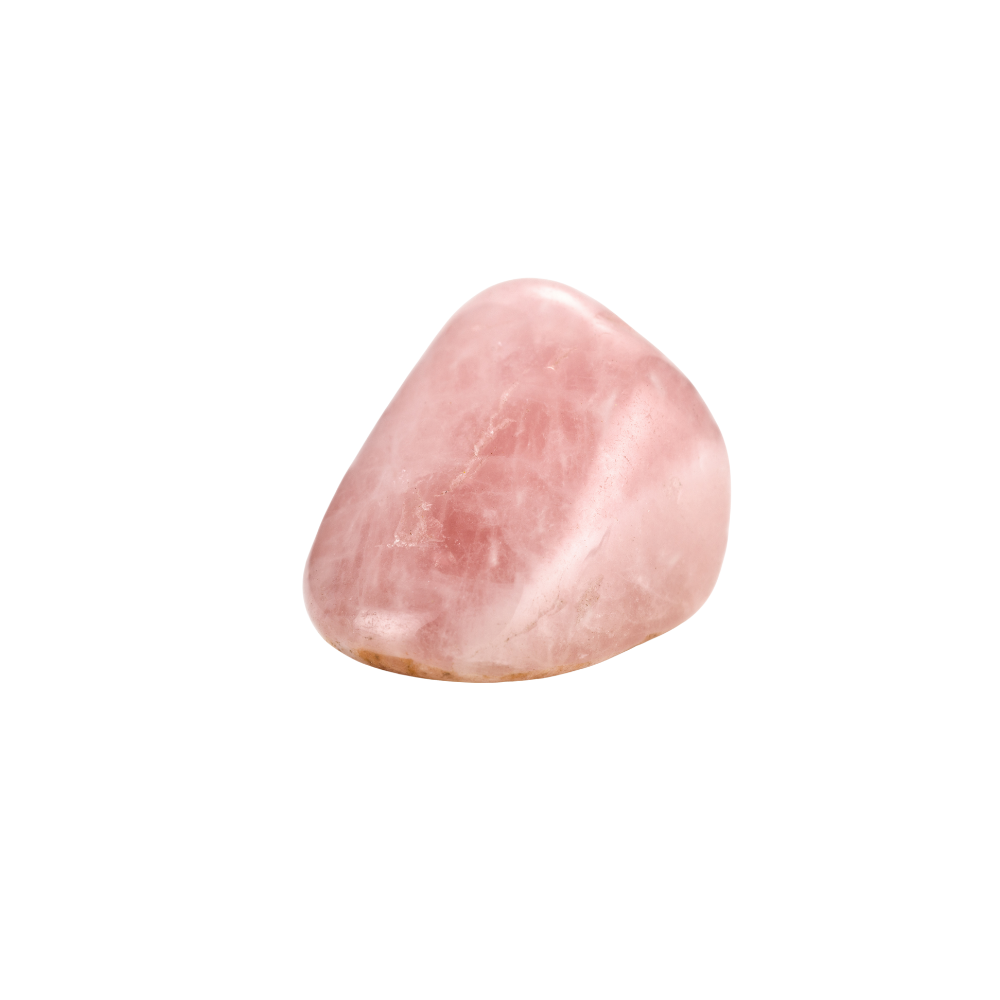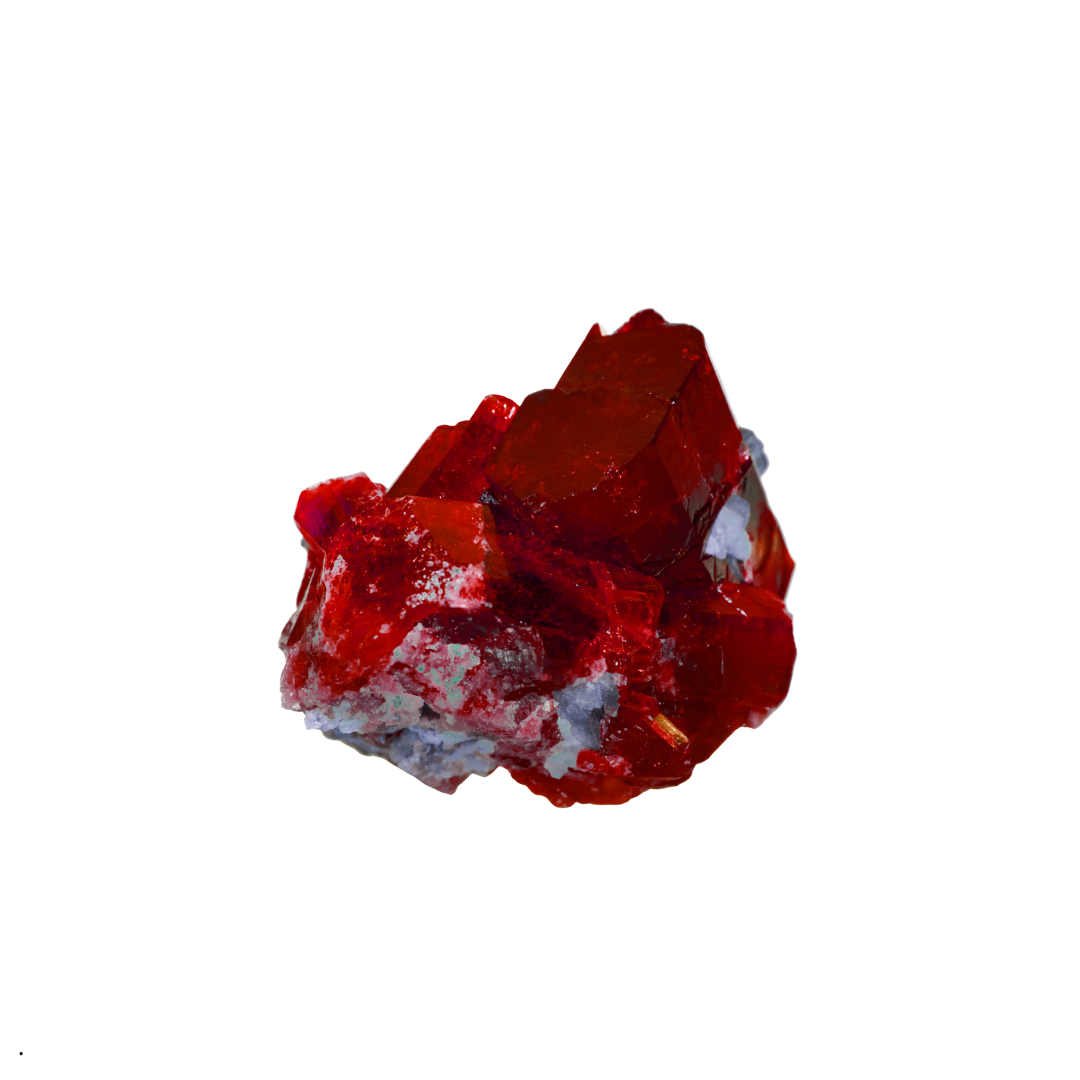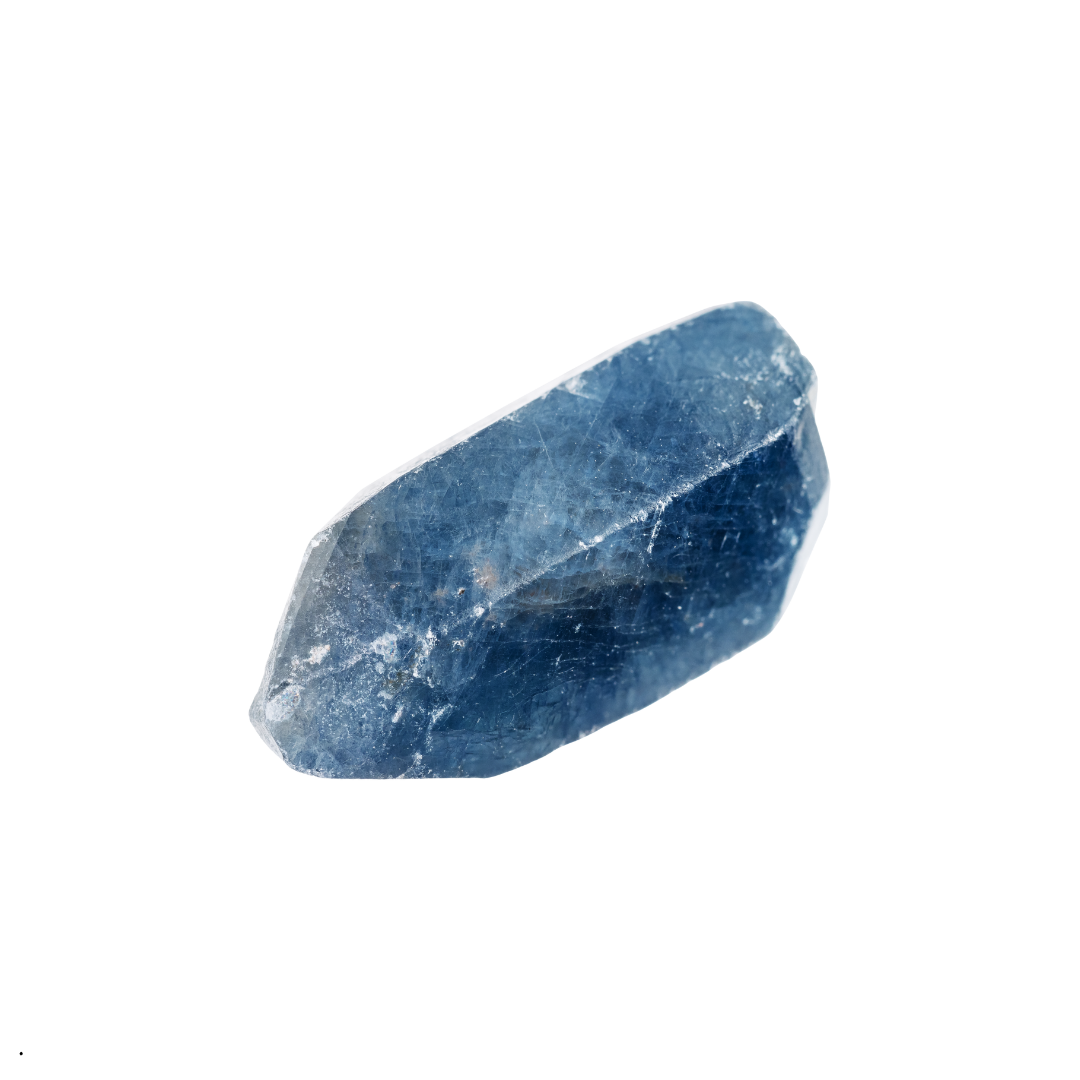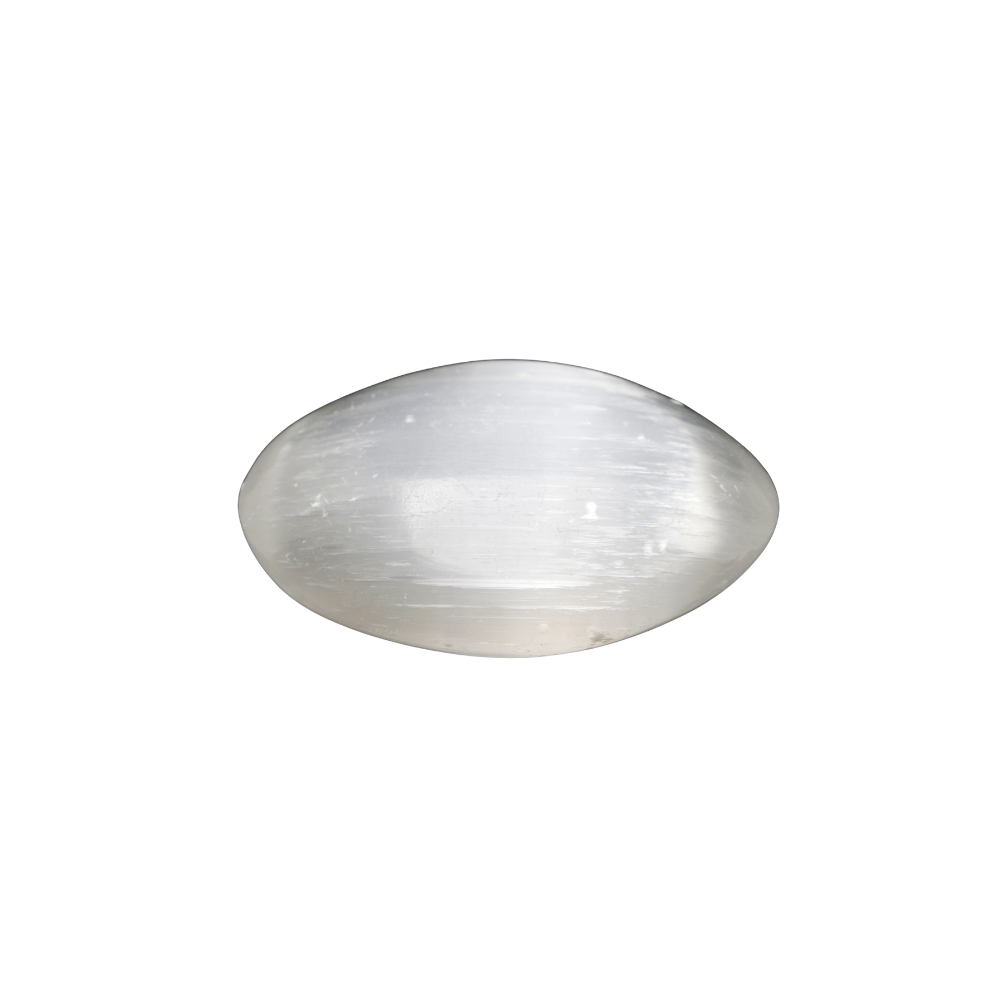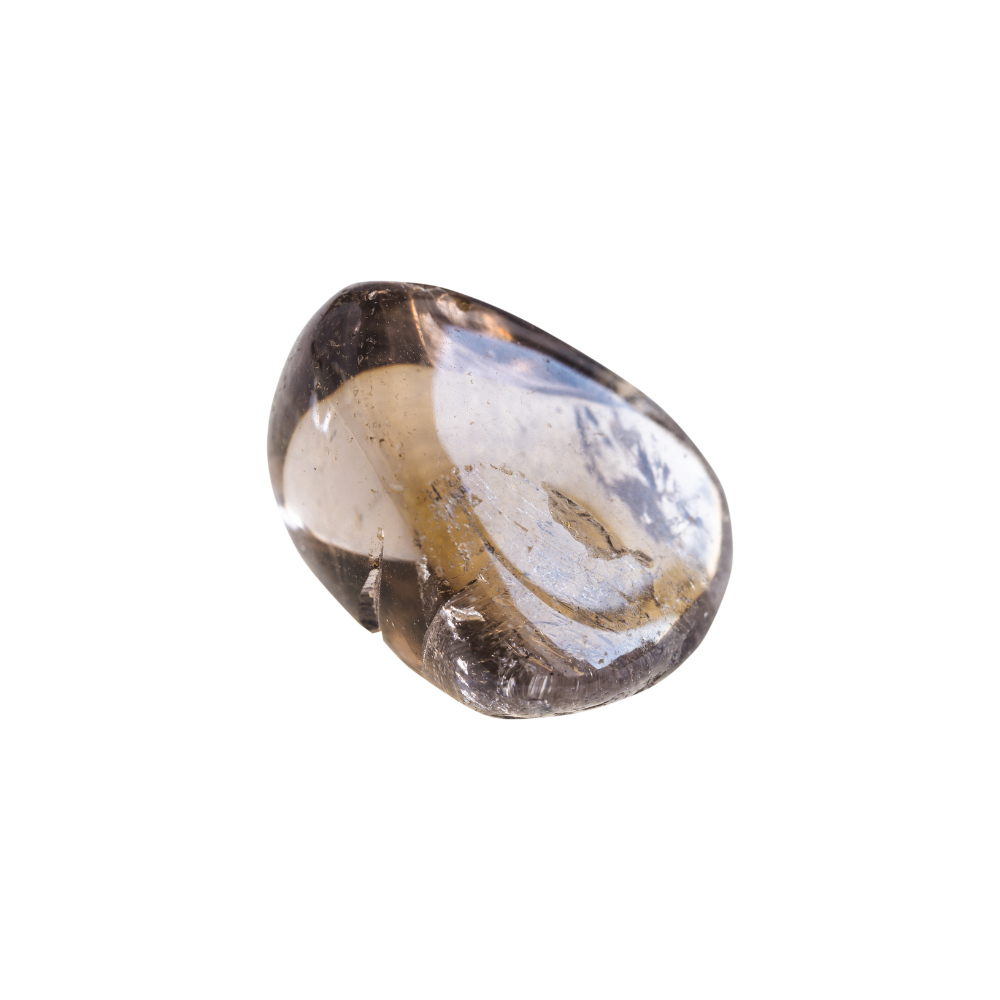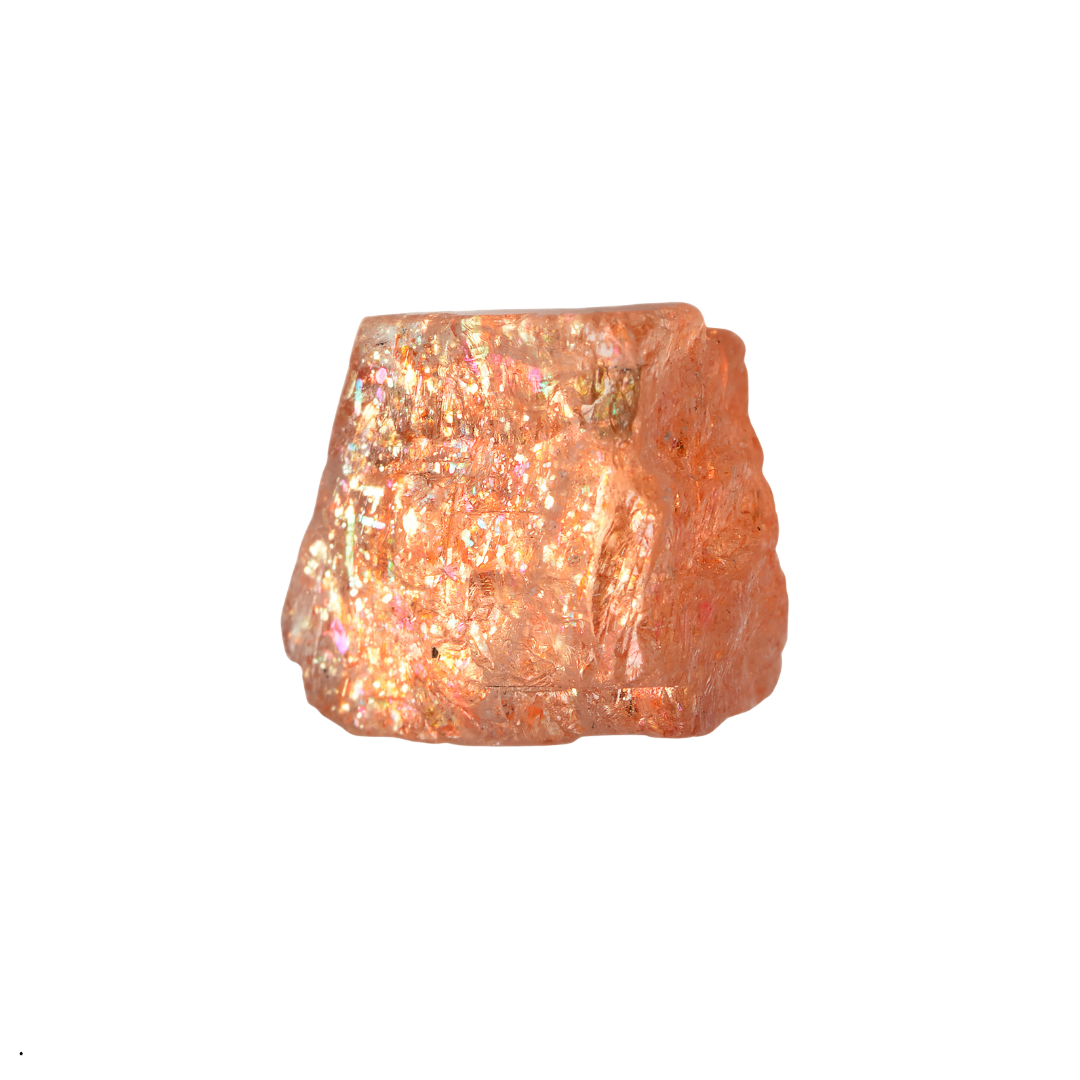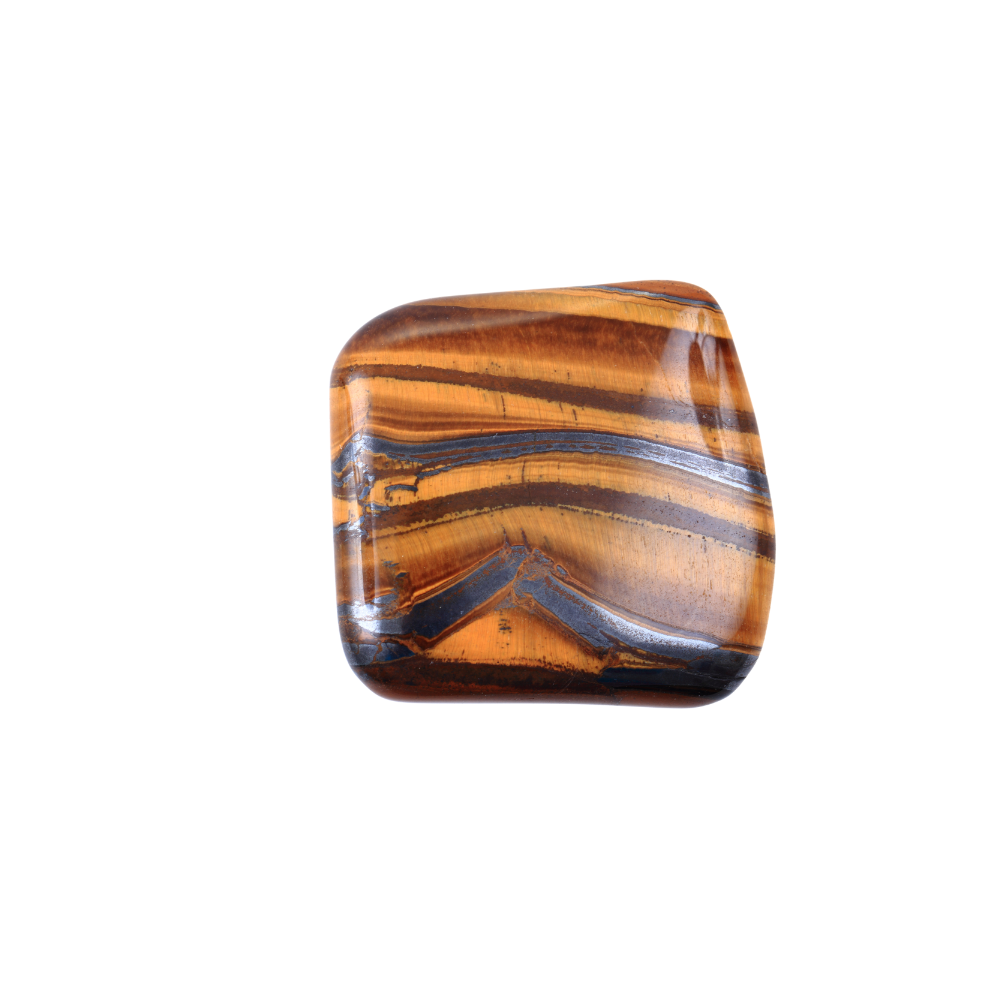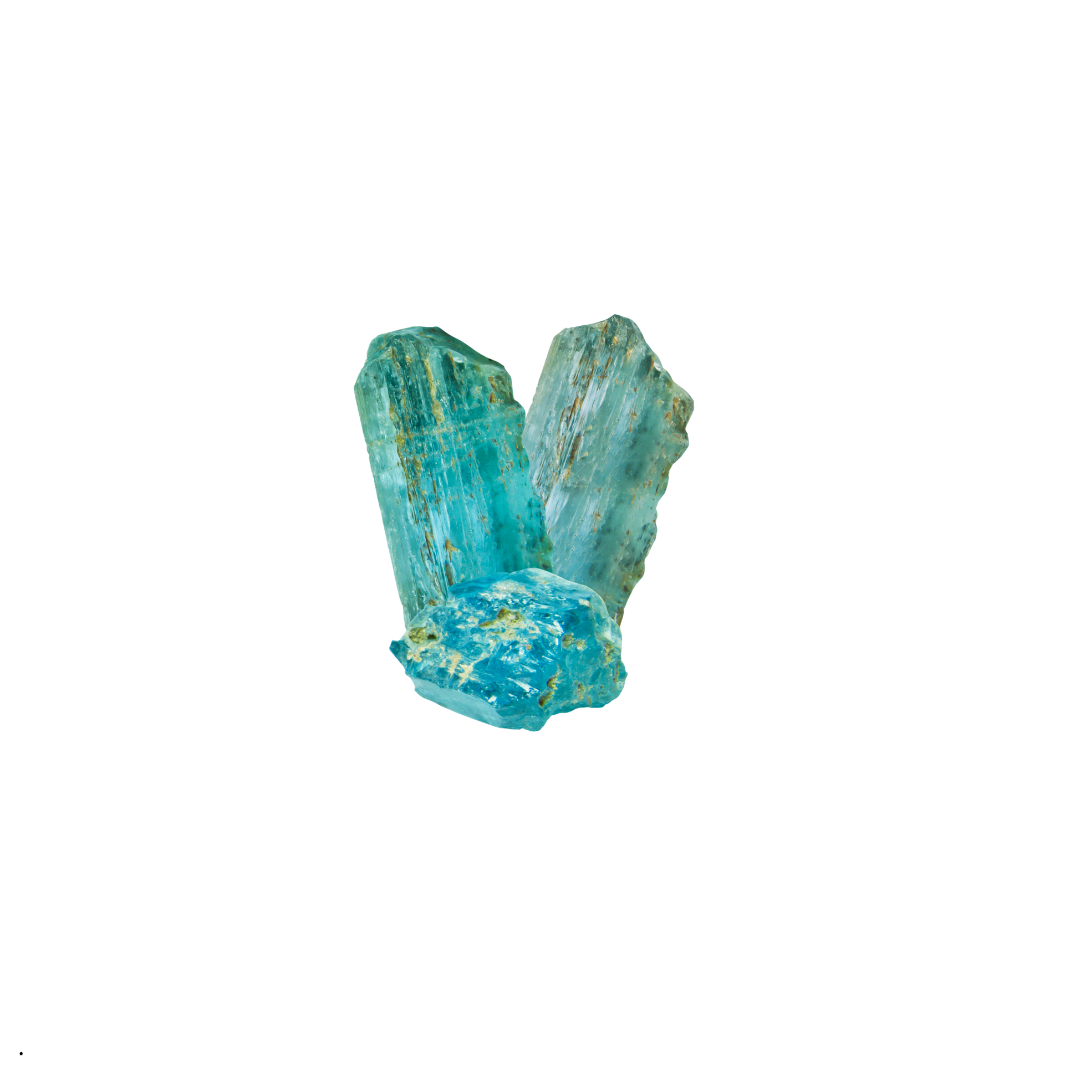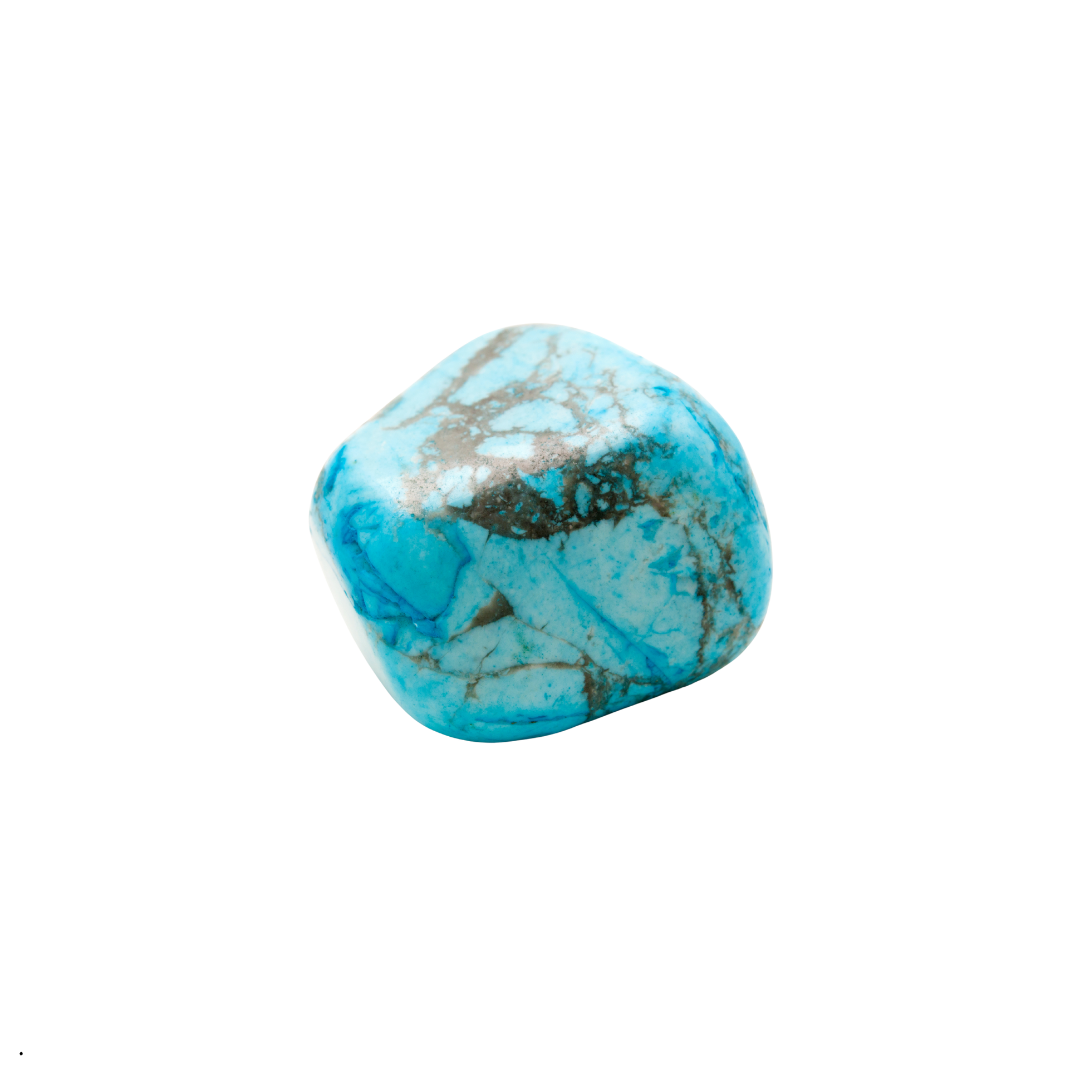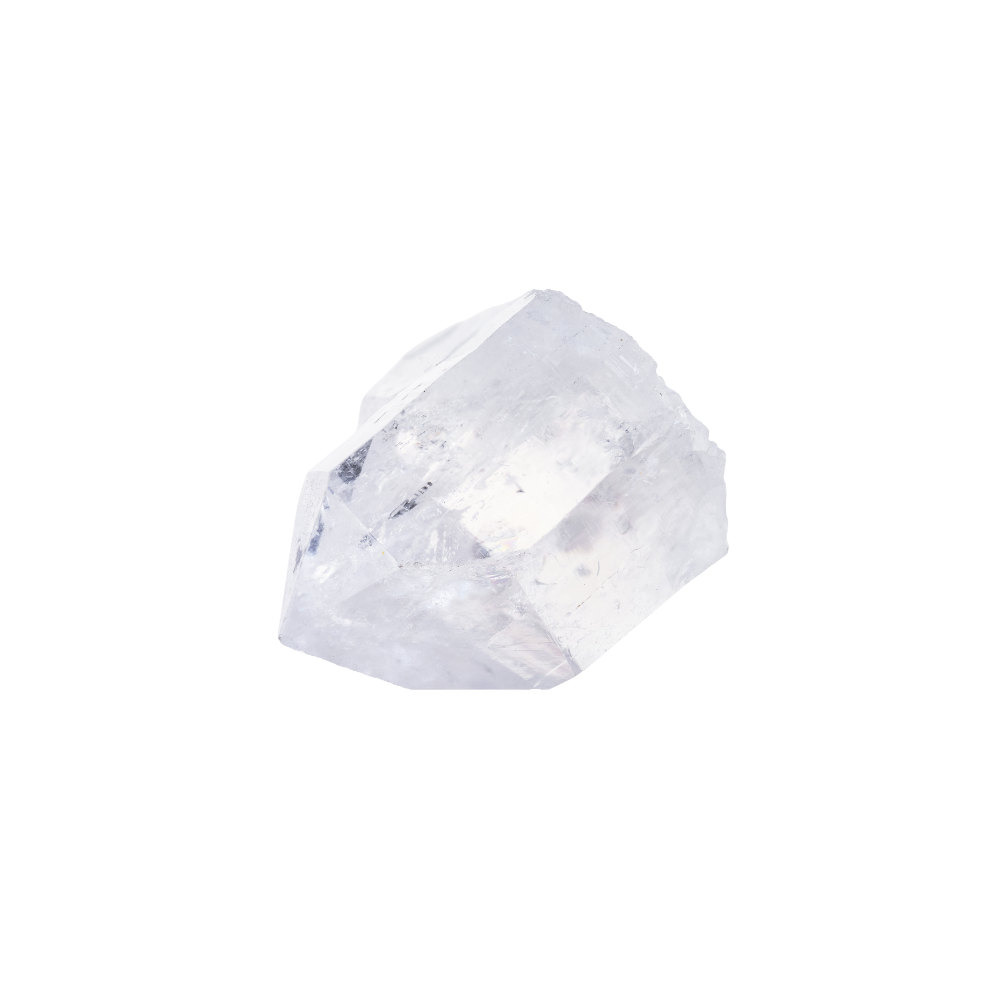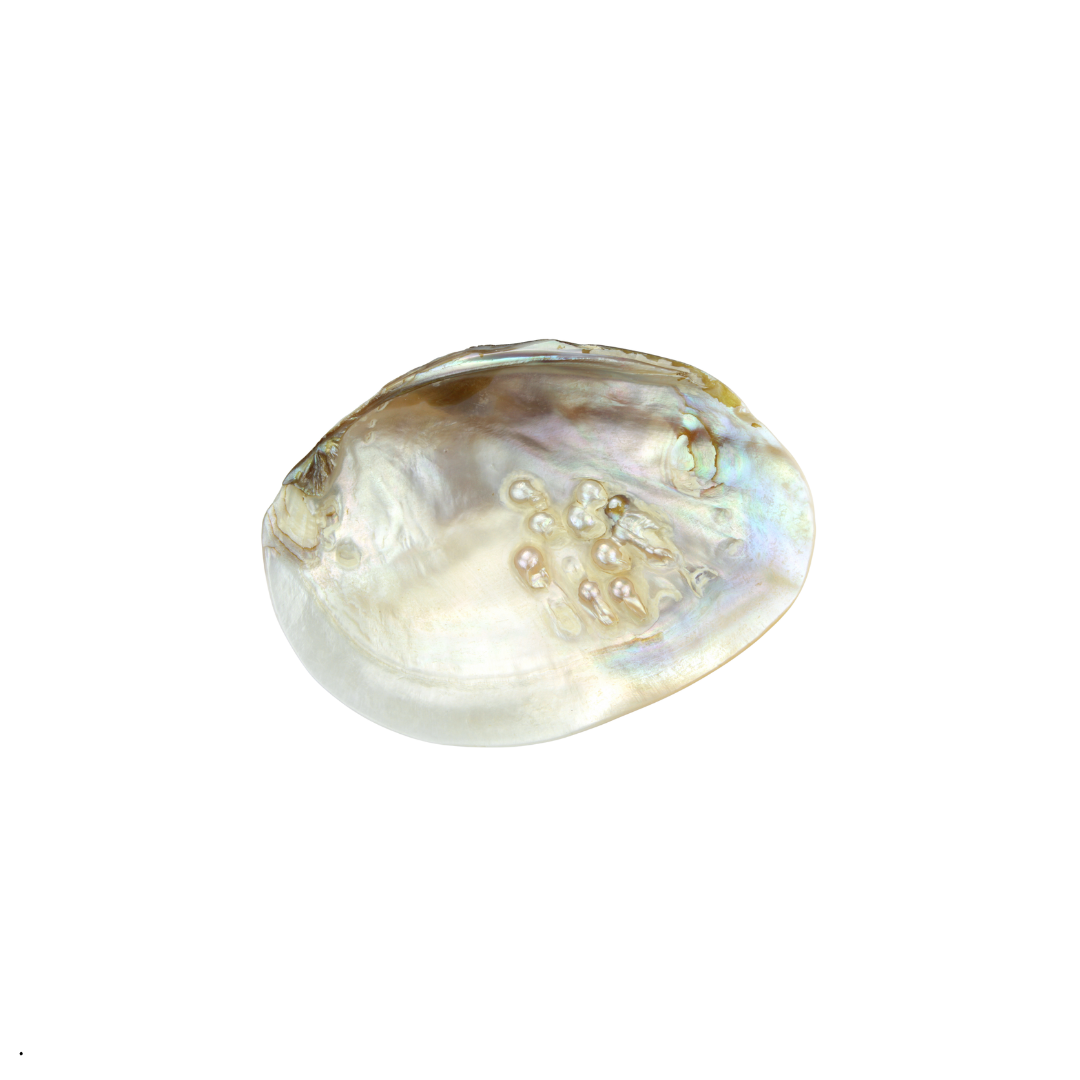You’ve likely heard the claims: crystals can heal, they can channel energy, they can align your chakras. While the science behind those ideas is debated, there is one incredible power that certain crystals definitely possess—a power so real it’s the silent, beating heart inside your phone, your computer, and your watch.
It’s not magic. It’s science. It’s called piezoelectricity, and it’s one of the most fascinating phenomena in the natural world.
What is Piezoelectricity? The Spark You Didn't Know Existed
The term itself is a mouthful (pee-ay-zo-electricity), but its concept is stunningly simple. It comes from the Greek word piezein, which means "to squeeze or press."
Piezoelectricity is the ability of certain materials to generate an electric charge in response to applied mechanical stress.
In plain English: squeeze a crystal, and it creates electricity.
The reverse is also true: apply an electric current to the same crystal, and it will vibrate or change shape ever so slightly. This two-way street is what makes the effect so incredibly useful.
The Discovery: A Happy Accident
The piezoelectric effect was discovered in 1880 by the famous French physicists brothers Jacques and Pierre Curie (yes, the Pierre Curie who, with his wife Marie, pioneered radioactivity research).
They were experimenting with crystals like quartz, tourmaline, and Rochelle salt. They carefully placed weights on them and discovered that a corresponding electrical voltage appeared across the crystal. They had unlocked a secret hidden within the atomic structure of these materials, a secret we’ve been harnessing ever since.
How Does It Work? A (Simple) Peek at the Atomic Level
Imagine a crystal’s structure as a complex, but perfectly orderly, grid of atoms. In some crystals, this grid is arranged in such a way that the positive and negative charges are perfectly balanced, but they are not symmetrically arranged.
When you squeeze or bend the crystal, you deform this grid. This deformation pushes the positive and negative charges slightly out of alignment. This imbalance creates a positive charge on one face of the crystal and a negative charge on the opposite face—a voltage. This is the direct piezoelectric effect.
The reverse piezoelectric effect works the other way. When you apply an electric voltage to the crystal, the atoms in the grid move to realign themselves with the electric field, causing the entire crystal to minutely expand or contract, creating a vibration.
Where You’ll Find It: The Invisible Force in Everyday Life
This isn’t some obscure laboratory trick. Piezoelectricity is everywhere in our modern world. You are almost certainly using it right now.
-
Your Quartz Watch & Clock: This is the most classic example. A tiny, expertly cut quartz crystal is powered by a battery. The electricity from the battery causes the crystal to vibrate at an incredibly precise frequency—32,768 times per second. An electronic circuit counts these vibrations and converts them into a single, precise pulse every second. This is what keeps your timekeeping perfect.
-
Your Smartphone and Computer: The same principle applies. Quartz crystals act as oscillators to create a stable clock signal that synchronizes all the operations of your device’s microprocessor. Without a piezoelectric crystal, your digital life would be a chaotic, out-of-sync mess.
-
Your Gas Lighter and Grill Starter: Press the button and you hear a click and see a spark. That spark isn’t created by flint; it’s created by piezoelectricity! A spring-loaded hammer strikes a piezoelectric crystal (often PZT, a synthetic ceramic), generating a high-voltage spark that ignites the gas.
-
Medical Ultrasound: In an ultrasound machine, a transducer sends sound waves into your body and listens for the echoes. That transducer is made of piezoelectric crystals. An electric current makes them vibrate, producing the sound waves. When the echoes return and press against the crystal, they generate a tiny electric charge, which is translated into an image. It’s a perfect two-way conversation powered by piezoelectricity.
-
Microphones and Speakers: Some microphones use a piezoelectric element that vibrates when sound waves hit it, converting the sound directly into an electrical signal. Conversely, some small speakers use the reverse effect to create sound.
More Than Just Tech: A Natural Wonder
Beyond our gadgets, piezoelectricity is a force of nature. Researchers believe it may play a role in how some animals navigate. For instance, it’s hypothesized that the calcium carbonate in a deer’s leg bones might generate piezoelectric charges when the deer walks, potentially helping them sense direction.
So, the next time you glance at your watch, light the stove, or see an ultrasound image, remember the incredible crystal at the heart of it all. It’s a humble reminder that the natural world is full of profound, hidden powers—not in the realm of myth, but in the precise, elegant laws of physics.
The true magic of crystals isn’t just in their beauty; it’s in the silent, rhythmic spark that makes our modern world tick.


